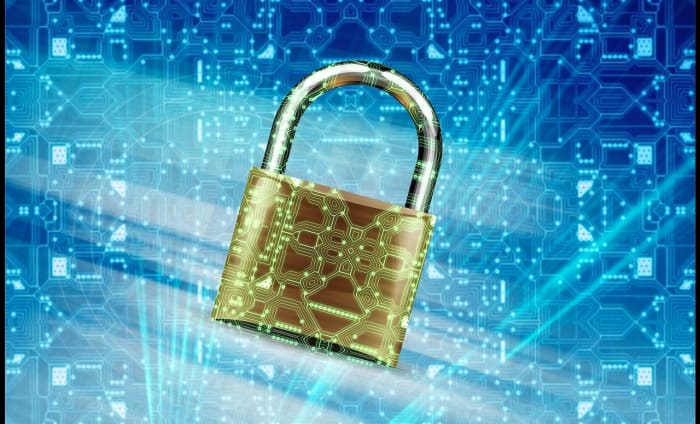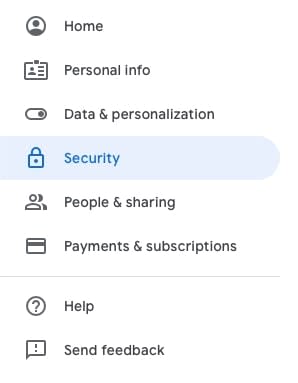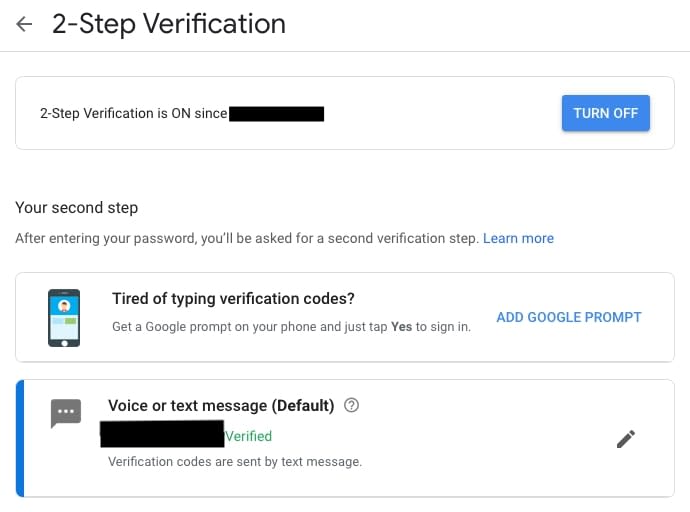News
Why you should be using 2-factor authentication

- August 26, 2019
- Updated: July 2, 2025 at 4:32 AM


Cybersecurity is no joke; there are people online trying to get the information of others, and if you’re not paying attention you can open yourself to a world of hurt.
Now, while that opening may sound scary and probably clickbaity-y, the intentions are good: this is leading to a simple suggestion that can greatly decrease your chances of a run-in with account theft!
Let’s talk about…
Why you should be using 2-factor authentication
What is 2-Factor Authentication?
As the name implies, 2-Factor Authentication (2FA) doubles the number of steps a new device must undergo to gain control over an online account. It’s a %100 increase from 1 to 2…
That’s actually a big deal, we promise.
How does it work, you ask? That depends on which program you’re using, since there may be a range of available methods. Sometimes, you’ll receive a verification text on your phone. Other programs allow an authentication app. Whatever the case, it adds another level of security beyond the password alone.
And, why is that important?
Most “hacked” accounts occur due to data breaches on company sites, social engineering, easily guessed passcodes, and the everyday bad choices of internet users, and 2-Factor Authentication greatly increases the chances that those tactics won’t work!
You could verbally give your password to a stranger (please never do that, regardless) and they wouldn’t be able to enter your account without access to your cell phone or laptop… (Just so long as you don’t have multiple accounts with the same password that aren’t protected by 2FA. Remember to use various passwords and keep them on record somewhere safe!)
The Reasons Against 2FA
So, why wouldn’t someone use 2FA? Two reasons: lack of trust and the time spent setting up/using the new system. Let’s discuss those.
2-Factor Authentication may sound scary and unusual to those still building tech savvy, but we can assure you there are almost zero downsides. You’re not giving any more information to the website, you’re only making it safer by linking your phone, a tried-and-tested application, one-time-use passcodes, and more.
As for time, we promise the setup process should take less than five minutes, and the hassle of new logins is one thousand percent worth avoiding an account breach! We know from personal experience.
Still, if you’re not ready to put 2FA everyone, we strongly advise setting it up on at least one account: your email. Since emails are often used for recovery of accounts with lost passwords, they are the central hub of security for modern users. So at the very least, protect that account.
And to show you how, we have an…
Example: 2FA on Gmail
If you use, Gmail, congratulations. We have a quick tutorial on establishing 2FA on your account to demonstrate its ease. First, head to “my account” at Google and choose Security from the bank on the left:

Here, you’ll be able to find the settings 2-Factor Authentication (called “Verification” here). Look for the “Signing in to Google” menu.

Google has the two main options: you can link a cell phone or download their Google Prompt application. However, they also allow secondary options: create one-time use passcodes or register USB-connected devices that act like keys. Cool stuff!
For our personal email, we chose the phone option, as you can see below. This process takes about ten seconds to enter your number, but ensures nobody can log in without the code, which is sent by text message!
If you want to skip that process, Google’s authenticator app takes longer to download but will allow you to log in quicker by simply hitting “yes” to greenlight an account login.
 See? It’s as easy as that!
See? It’s as easy as that!
Conclusion
We don’t want anyone to lose access to one or more of their profiles, especially not an all-important email account. Please consider protecting your information with 2-Factor Authentication! It’s a solid line of defense that can ensure your data stays under lock and key. We wish you the best!

Ultimate Online Privacy Guide
Read Now ►Trevor Hutchins writes screenplays, novels, and articles from his home in La Mirada, California. He self-published hist first novel, 'Wynden's Legacy,' on Amazon in May of 2017 and hasn't stopped writing since.
Latest from Trevor Hutchins
You may also like
 News
NewsDemonstrates that Battlefield 6 can run without enabling TPM
Read more
 News
NewsJennifer Lawrence is taking the critics by storm with her new thriller co-starring Robert Pattinson
Read more
 News
NewsWorld of Warcraft receives a new premium currency that divides the community
Read more
 News
NewsStranger Things has always been inspired by a horror movie for each season of the series, but that has changed with the fifth
Read more
 News
NewsBattlefield 6 fixes one of the critical bugs that divided the community the most
Read more
 News
NewsYou can now watch the beginning of the 5th season of Stranger Things
Read more